
OSPF LSA Types –
OSPF uses LSAs or Link state Advertisements to share information of each network and populate the LSDB (Link State Database). The LSAs are used by routers to exchange topology information. An LSA contains routing and topology information that describe a part of an OSPF network. Routers exchange LSAs and learn the complete topology of the network until all routers have the exact same topology database. Infact, OSPF sends updates (LSAs) when there is a change to one of its links. LSAs are additionally refreshed every 30 minutes.
All OSPF LSA Types are mentioned in below table –
| Types | Description |
| LSA Type 1 | Router LSA |
| LSA Type 2 | Network LSA |
| LSA Type 3 or 4 | Summary LSA & ASBR LSA |
| LSA Type 5 | Autonomous System External LSA |
| LSA Type 6 | Multicast OSPF LSA Type |
| LSA Type 7 | Defined for Not-So-Stubby-Areas |
| LSA Type 8 | External Attribute LSA for BGP |
| LSA Type 9,10,11 | Opaque LSA |
LSA Type 1: Router LSA
- This LSA type is flooded by every router within an area
- The LSA consists of information about directly connected links
- It is identified by the Router ID or the originating router
- It floods within an area and the LSA Type 1 does not cross the ABR.
- We see this as “O” routes in the routing table
- LSA 1 – O, Router LSA contains all Link IDs – network, generated by every router and is local to the area.
- This LSA does not cross ABR.
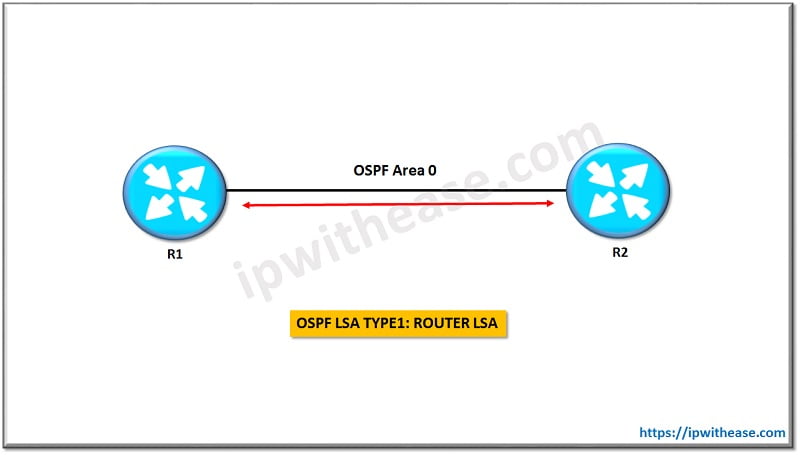
Related – OSPF LSA Data-Structure
LSA Type 2: Network LSA
- Generated by the DR Router on the broadcast network
- It includes the network ID, subnet mask and also the list of attached routers in the transit
- In OSPF we can have one Network LSA or Type 2 LSA for each transit broadcast of NBMA Network
- This LSA also can be flooded only within the area and cannot cross the ABR
- We see this as “O” routes in the routing table
- LSA 2 – O, Network LSA contains all routers attached to the segment, generated by DR and is local to the area
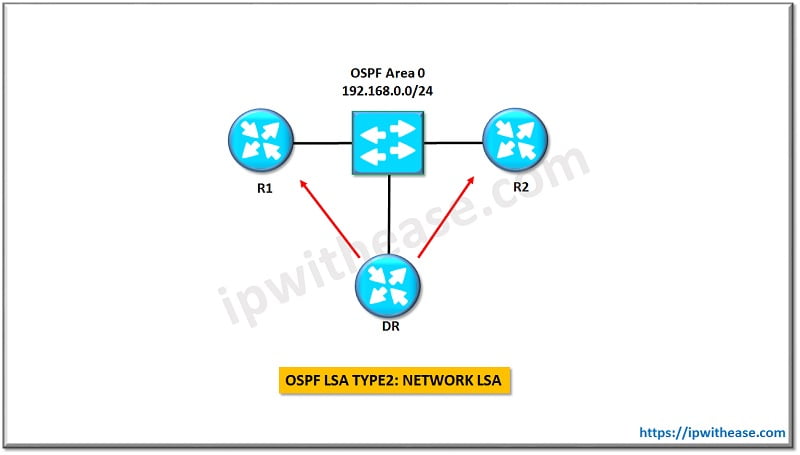
Related – OSPF type 4 LSA
LSA Type 3: Summary LSA
- The Type 3 LSA is used to share the network information with other areas. Inter-area ( IA)
- These LSAs are advertised by the ABR Router
- These LSA are represented in the routing table as “OIA” routes
- To flood the information through the Autonomous System, they are regenerated by the ABRs following subsequently
- LSA 3 – O IA, Network Summary LSA describes network from another area, generated by ABR and is propagated between areas
- It contains network ID and subnet mask

LSA Type 4: Summary ASBR LSA
- This LSA type is also known as summary LSA is used to advertise about the ASBR to other areas in the same autonomous system.
- It is generated by the ABR of the originating area.
- These type of LSAs are flooded throughout the Autonomous System
- These LSA will contain the Router ID of the ASBR only
- LSA 4 – O IA, Summary ASB Link States, generated by the ABR and is propagated between areas
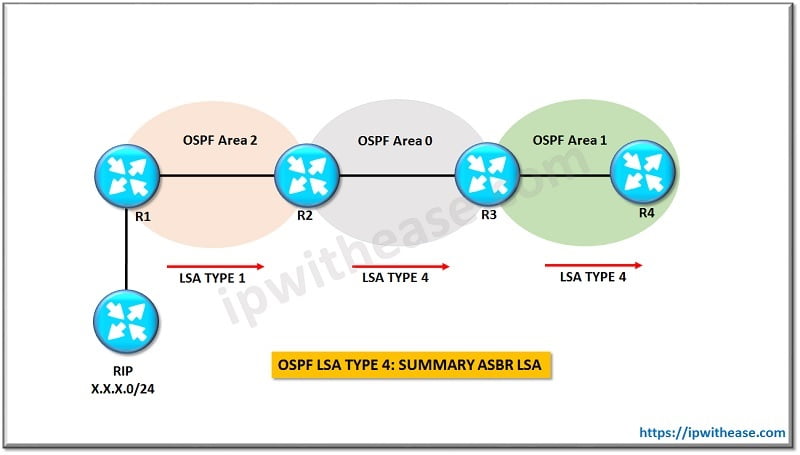
Related – OSPF ABR LSA 3 Filtering
LSA Type 5: External LSA
- These are advertised by the ASBR only and also owned by the ASBR
- These LSAs are used to advertise networks from other Autonomous systems
- These LSAs are flooded throughout the entire Autonomous System
- The advertising router ID is not changed throughout the AS when it is propagating.
- An LSA Type 4 is used to find an ASBR
- Routes are not summarized by default
- LSA 5 – O E1, O E2, External Link States, generated by ASBR and is propagated
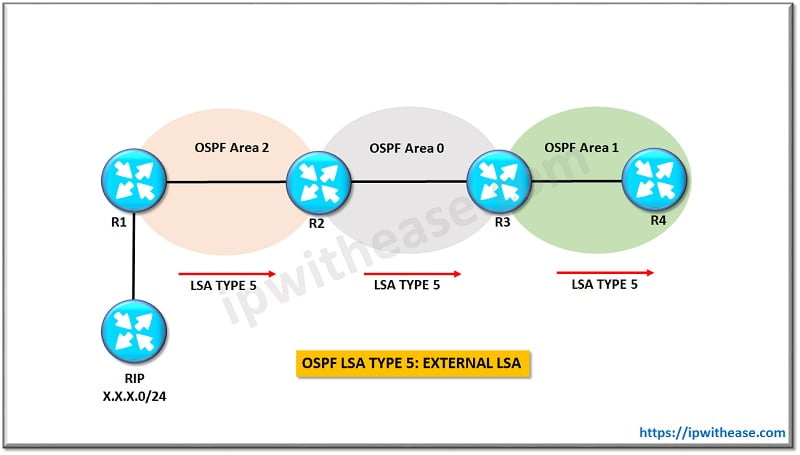
LSA Type 6: Multicast OSPF LSA
- These are used when routing using multicast (the MODPF Routing protocol)
- These LSAs are not supported by Cisco Routers
LSA Type 7: External LSA
- As LSA Type 5 is not allowed in NSSA Areas, a solution to that was thought as LSA 7.
- It carries similar information as a Type 5 LSA but this is not blocked in the NSSA Area.
- When it reached the ABR it is translated back to Type 5 LSA and flooded into other areas.
- LSA 7 – O N1, O N2, NSSA External Link States, generated by ASBR into NSSA area and is propagated into area 0 as E1 or E2
Related- OSPF N1 and N2 Route
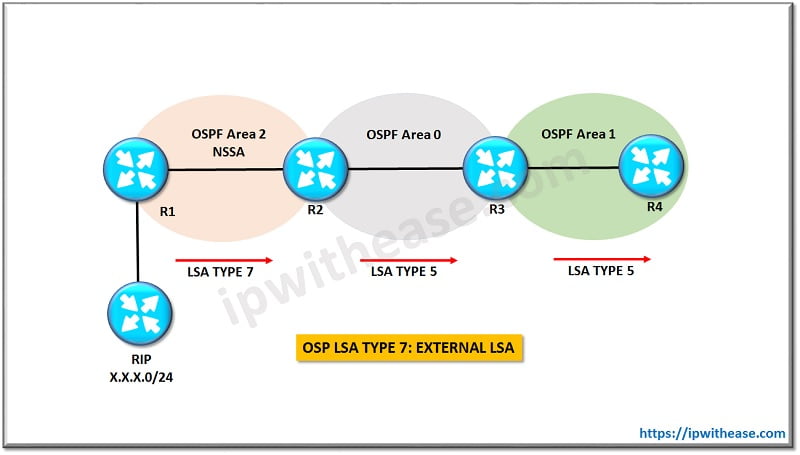
LSA Type 8: External attributes LSA for Border Gateway Protocol (BGP)
This LSA Types is used to work with BGP.
Note – Below list of LSA9, 10 and 11 are called Opaque LSAs. Further detail on these LSA types is shared below –
LSA Type 9: Opaque LSA
This LSA types is Link-state in scope and is not flooded beyond the local network.
LSA Type 10: Opaque LSA
The scope of this type of LSA is area-local. This LSA is not flooded beyond the borders of their associated area.
LSA Type 11: Opaque LSA
This LSA is flooded throughout the Autonomous System (AS). Somewhat is can be related to Type-5 LSA is terms of flooding scope. There are 3 key features of Type11 LSAs –
- These are flooded throughout the transit areas
- Not flooded into stub areas from the backbone
- Not originated by routers having connected stub areas
Related- OSPF Timers
ABOUT THE AUTHOR

You can learn more about her on her linkedin profile – Rashmi Bhardwaj

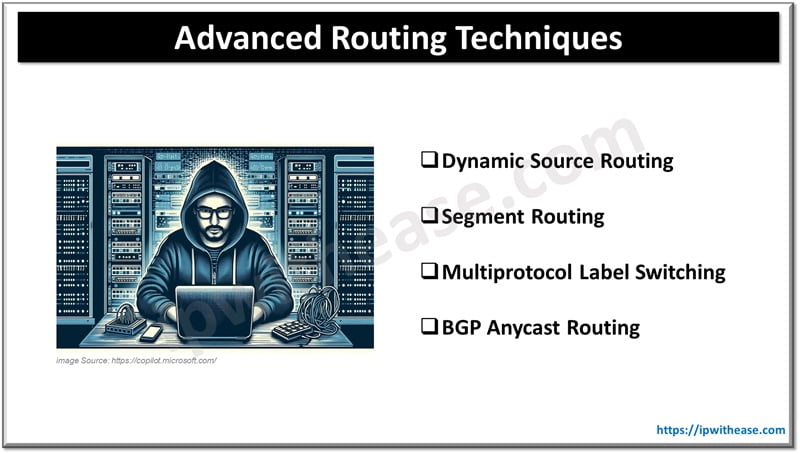

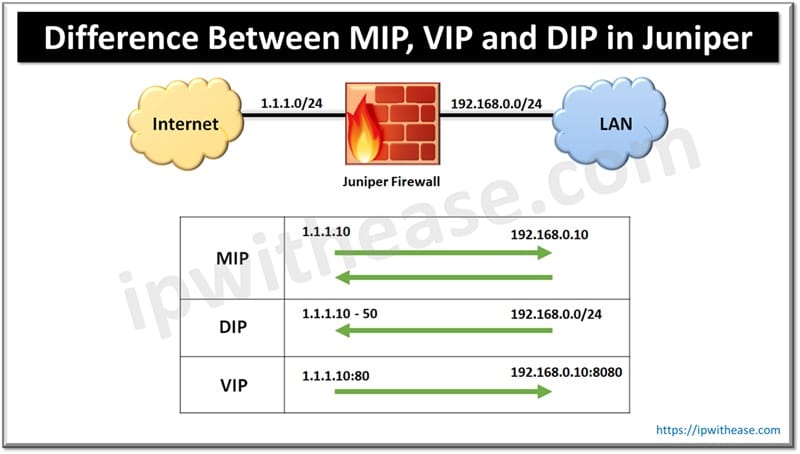
Excellent overview of the OSPF LSA types. 👍